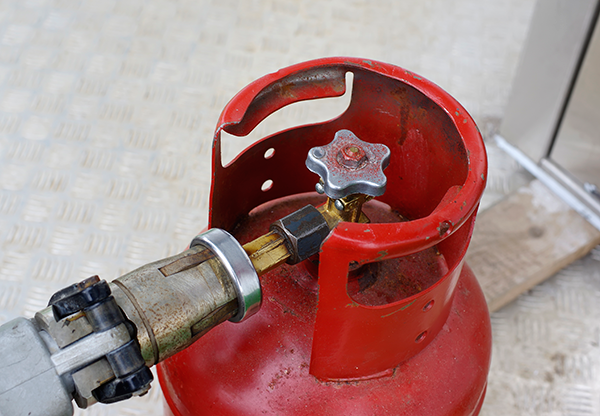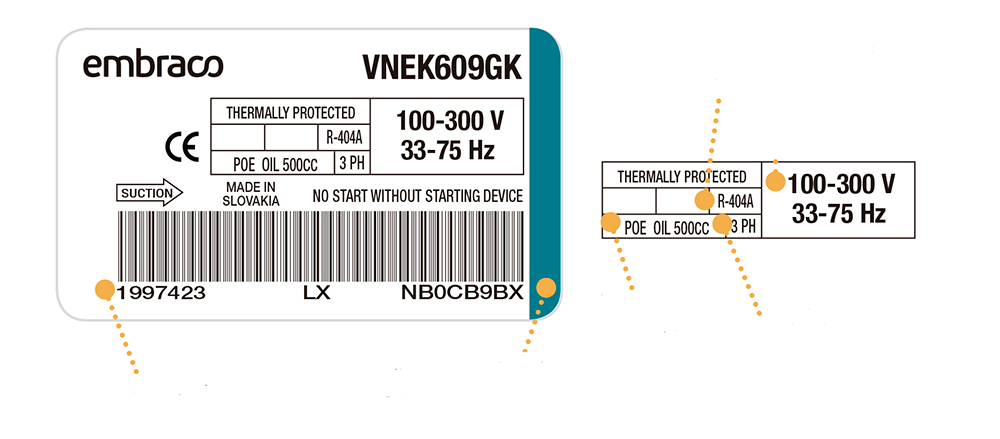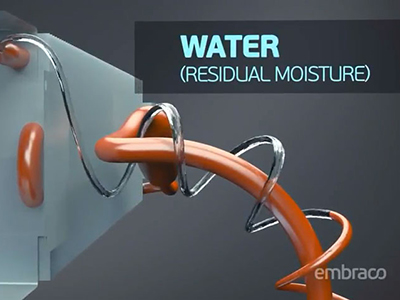[gravata]Changes in this regard have been going on at great speed, tied to environmental impacts.[/gravata] For many years, CFCs, such as R12, were the most utilized refrigerant fluids all over the world. When scientists discovered that they had a direct impact on reducing the atmospheric ozone layer, a movement started to stop their use which resulted in signing the Montreal Protocol in 1987. With this agreement, involving a large number of countries, deadlines for phasing out their production and sale were established, which have already been met. For the same reason, HCFCs such as R22, also have faced restrictions and should be completely eliminated by 2040. When the issues of global warming and climate change gained momentum a few years ago, GWP (acronym for global warming potential) became a key parameter for choosing the best options. From it, other refrigerants have faced restrictions such as HFCs (in the case of R134a). These substances don’t harm the ozone layer but have a high GWP. The encirclement around refrigerants that cause environmental impacts is tightening. New rules approved in Europe, for example, state that after 2020 only products with GWP below 2,500 can be used there. This means, for example, that R 404A (which has a GWP of 3,920) will no longer be a valid option. Two years later, the restriction will be even more radical: the GWP must be no more than 150. This condition is only met today by natural refrigerants (such as R600a and R290 hydrocarbons) and some synthetic products still undergoing testing. The path for the future therefore involves these natural refrigerants. There might even be other options, but certainly hydrocarbons occupy an even greater space in refrigeration. Some temporary solutions have been developed and are in use. Such is the case of R422D, tested and approved by Embraco, which replaces R22 with great environmental benefits.



